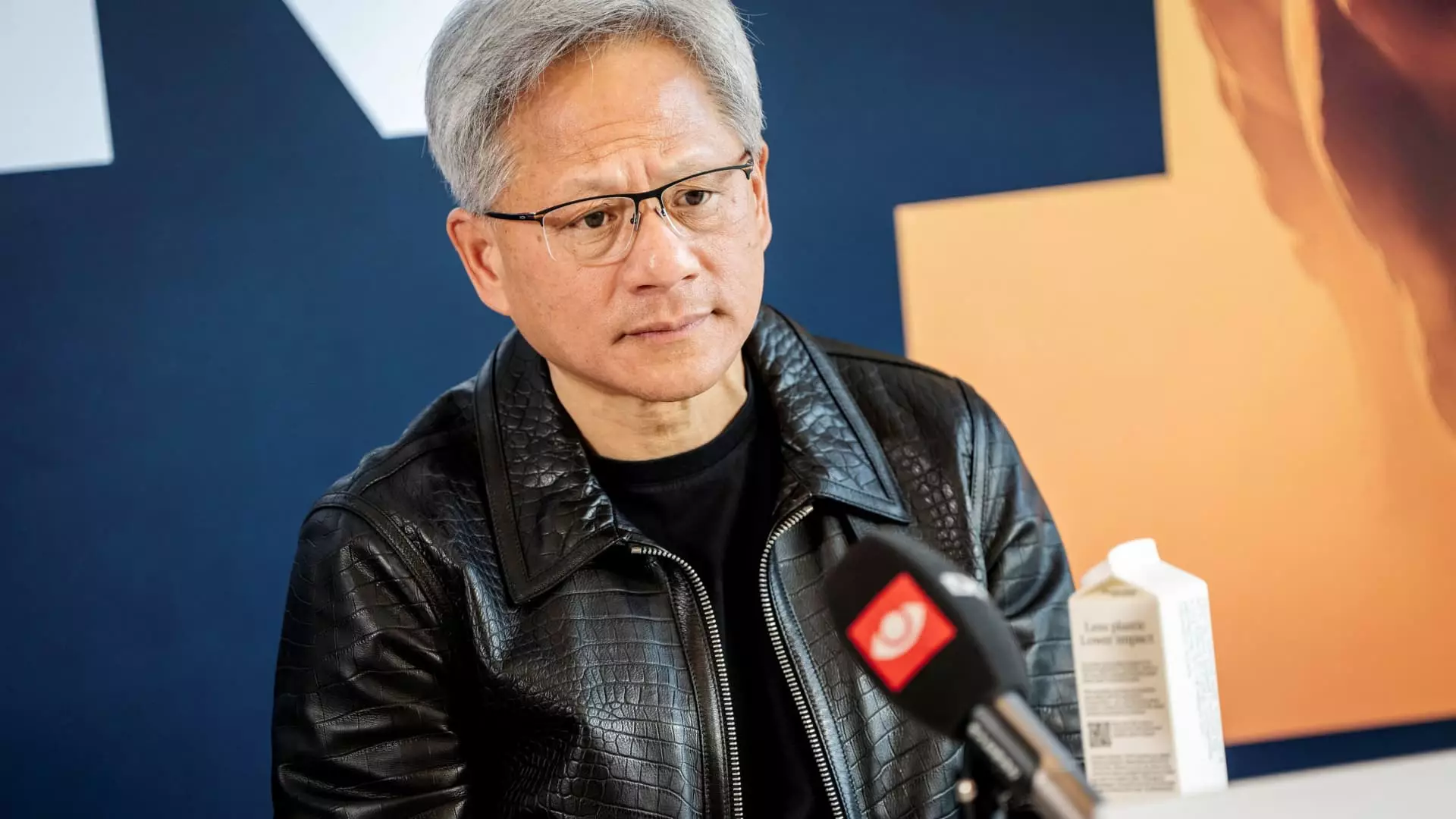The quantum computing market has experienced significant volatility, culminating in a sharp decline in stock prices after recent statements from Nvidia’s CEO, Jensen Huang. During an analyst conference, Huang candidly articulated his belief that practical quantum computers capable of performing useful tasks are still a long way off, perhaps not arriving for as long as 30 years. His estimated timeline, wherein he suggested a 15-year horizon might be overly optimistic while 30 years could be conservative, reflects a cautious sentiment that contrasts sharply with the lofty aspirations of many investors and tech enthusiasts eager for rapid advancements. Huang’s assertion that Nvidia will play a crucial role in propelling the development of quantum technology underscores the reality that even tech giants recognize the hurdles ahead.
Following Huang’s remarks, the market reacted strongly, leading to dramatic drops in the stock prices of several companies involved in quantum computing. Rigetti Computing experienced a staggering 40% decrease, while IonQ’s stock fell by over 32%. D-Wave Quantum also faced significant losses, dropping more than 38%. This collective decline paints a vivid picture of the market’s sensitivity to expert predictions, particularly when they suggest a longer-than-expected timeline for technological breakthroughs. Even the Defiance Quantum & AI ETF, which broadly represents the sector, saw a 5% drop, illustrating a broader retreat from what many perceived as the “next big thing” in technology.
The Rollercoaster Ride of Investor Sentiment
Before Huang’s comments, the quantum computing landscape had been riding a wave of enthusiasm, significantly boosted by Google’s unveiling of its improved Willow chip, which promised reductions in computational errors. This development rekindled investor interest, leading to skyrocketing stocks for companies like Rigetti and D-Wave, which surged by an astonishing 1,449% and 854%, respectively. The optimism around quantum technology had grown so fervent that many began to draw parallels between its potential and the rush of interest surrounding artificial intelligence, particularly following the advent of platforms like ChatGPT. This fervor, however, proved precarious, as the subsequent market corrections reveal the fragile nature of speculative investment in burgeoning technologies.
Supporters of quantum computing argue that its capabilities could surpass those of traditional computing systems, allowing for unprecedented processing power and data analysis. However, as Huang’s remarks highlight, there exists a palpable disconnect between the potential benefits of quantum technology and the current reality of its development. Many investors are now being urged to exercise caution, as the path to identifying clear winners in the sector remains murky. The question lingers: are we witnessing the dawn of a revolutionary technology or merely a prolonged wait for something that remains just beyond the horizon?
The recent fluctuations in quantum computing stocks serve as a stark reminder of the risks associated with investing in advanced technologies. The future remains unpredictable, and as industries grapple with their own trajectories, it is clear that quantum computing will require time, patience, and above all, realistic expectations. As the discourse evolves, stakeholders will need to balance hope with realism to navigate the choppy waters of technological advancement.

